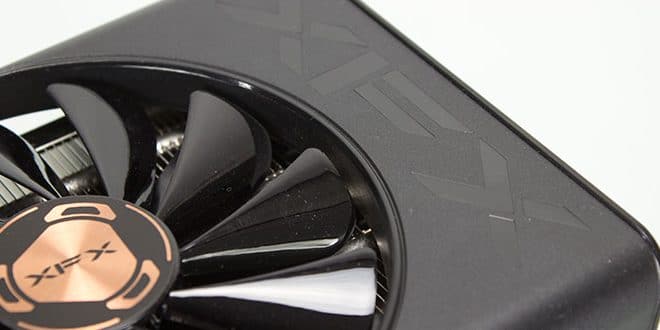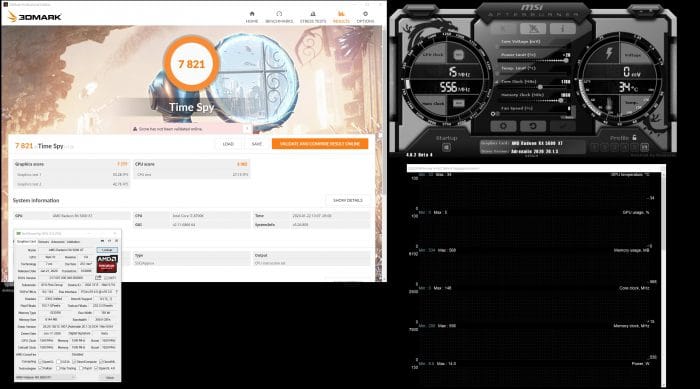Overclocking
I want to preface this section with a few details about overclocking AMD. First up, there are arbitrary limits imposed by the driver/software, and therefore, the memory was severely limited to 1860MHz or 14,880MHz effective. As always, there will be tweaking and tuning options to go beyond this limitation, whether it be modification to powerplay tables or other software workarounds, but we test it as most users would with their PC. While some enthusiasts users may tune and tweak to the limit most will not overclock at all, so we made an attempt representative of what you can do out of the box with the easy to use tools publicly available. Such as the drivers tuning tab, along with tools such as precision or afterburner.
One thing to note when pushing AMD is that stability may not be present when overclocking, so always test with a benchmark, so you have a comparative score; otherwise your overclocking expeditions could net you worse than stock performance due to underlying instability.
First up is standard Time spy, and as you can see, the core clock was left at the new VBios default as the new VBios allows no headroom for pushing the clock. This lines up with our launch review where the max stable was within 5MHz of this, and likely the little bit of power headroom XFX added helped get us the 5MHz boost over our initial review. We also see the Graphics score of 7777 with the new VBios, and with the original VBios, we only achieved 7622 with a quite similar clock. This tells us that the power tuning must be much more aggressive in this VBios, so it managed boost clocks at a much higher clock rate throughout the bench versus the original VBios.
Time Spy Extreme is a heavier loading 4K version of the DX12 benchmark. The same is observed here, as we see with similar clocks (5MHz higher with new VBios) gives us another gain at what should be roughy indistinguishable clock difference. Here we see the original VBios gives us a graphics score of 3433 at 1775 while the new VBios at 1780 shows a score of 3450. being that this is a 4K test, the scale will be much lower as this card was not designed to be used for 4K, but it can do it, just not well.
With that, Let’s deliver some closing thoughts on this new GPU ( or new VBios) and the experience we had.
 Bjorn3D.com Bjorn3d.com – Satisfying Your Daily Tech Cravings Since 1996
Bjorn3D.com Bjorn3d.com – Satisfying Your Daily Tech Cravings Since 1996











